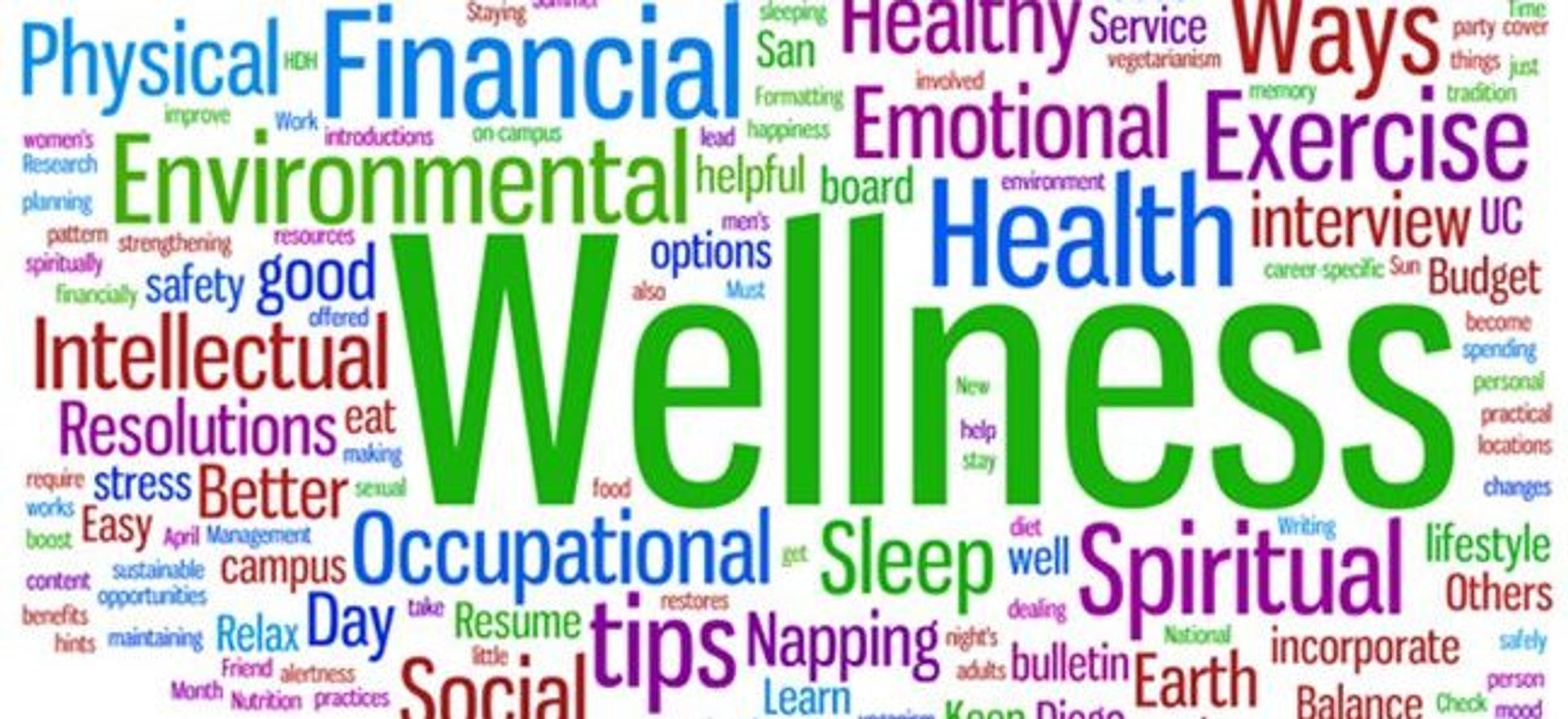Student Wellbeing

Are you enjoying good mental health?
This is the brainchild of researchers at the Australian National University. The principal authors of the content were Professor Helen Christensen and Professor Kathy Griffiths, who first scripted moodgym in 2001. Other staff provided clinical, technical and design expertise, and young people from the community provided feedback.
- moodgym is like an interactive self-help book which helps you to learn and practise skills which can help to prevent and manage symptoms of depression and anxiety
- moodgym helps users to identify their particular areas of vulnerability - for example perfectionism, need for approval or sense of entitlement. Users can then explore specific ways to deal with different vulnerabilities, and practice with interactive exercises and diaries
- moodgym provides training in cognitive behaviour therapy (CBT), and consists of five interactive modules which are completed in order. These include information, interactive exercises, workbooks to record thoughts, feelings and behaviours, and quizzes with personalised feedback
Wellbeing Message - Tips for making decisions
- Don’t let stress get the better of you. It’s easy to feel stressed out and anxious when you’re facing a tough choice. You might tend to rush your decisions without thinking them through, or you avoid making a decision at all because the stress has put you off your game. If you’re feeling anxious about a decision, try to manage your stress so that it doesn’t cloud your thinking. Go for a walk on the beach.
- Give yourself some time (if possible). It’s hard to think clearly under pressure, and sometimes your first idea isn’t always your best one. Give yourself the chance to sit on a problem for a while so that you can process your options and feel confident about the course of action you choose.
- Weigh the pros and cons. When faced with a big decision, sometimes we lose sight of the big picture. Write a list of pros and cons for each course of action and then compare them. Sometimes the cons aren’t nearly as bad as we imagine them to be, or the pros might make your options more obvious.
- Think about your goals and values. It’s important to be true to ourselves and what we value in life. Make a decision based on the things that are important to you and you’re more likely to end up with an outcome you’re happy with.
- Consider all the possibilities. Making a decision can result in several different outcomes and not all of them may be obvious. When considering each option, don’t just list the positives and negatives; write down any likely consequences.
- Talk it out. It can be helpful to get another person’s perspective on your issue, particularly if they’ve faced a similar decision in their own life.
- Keep a diary. If you feel like you’re on a bit of an emotional rollercoaster, it might help to keep track of your feelings by writing them down.
- Plan how you’ll tell others. If you think someone may have a bad response to your decision, think through what their reaction is likely to be. Put yourself in their shoes to help you think of a good way to manage the situation.
- Rethink your options. If you’re up against a lot of pressure over a decision, or there are some new factors to consider, look over your options again. You might decide that your original decision is still the best one, but give yourself the option of changing course.



